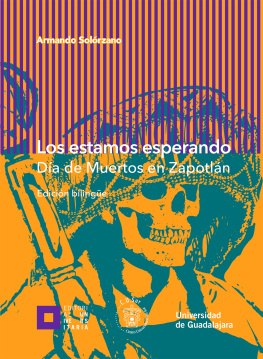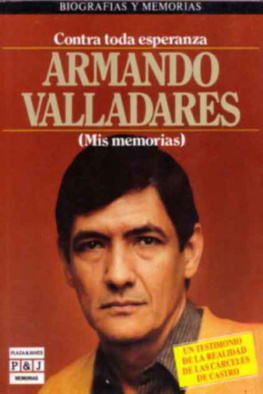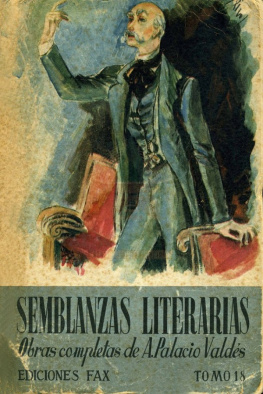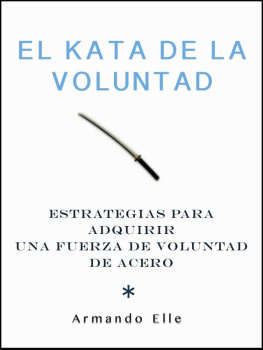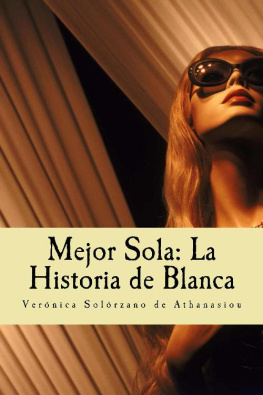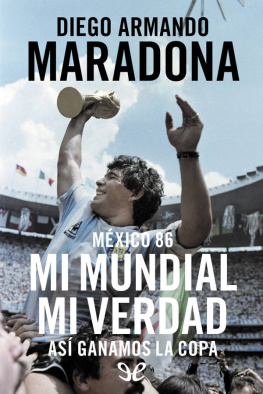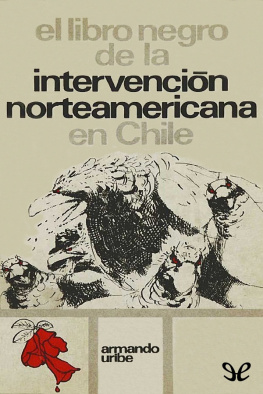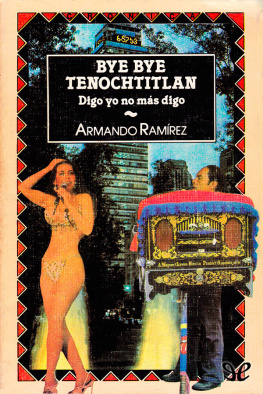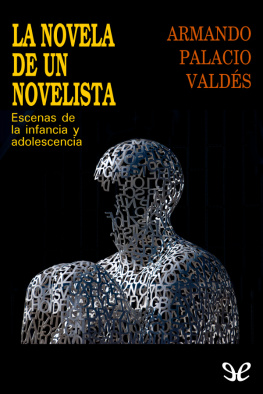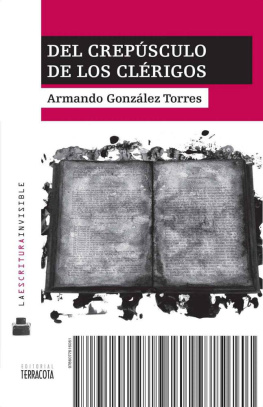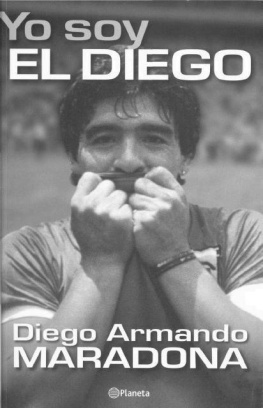


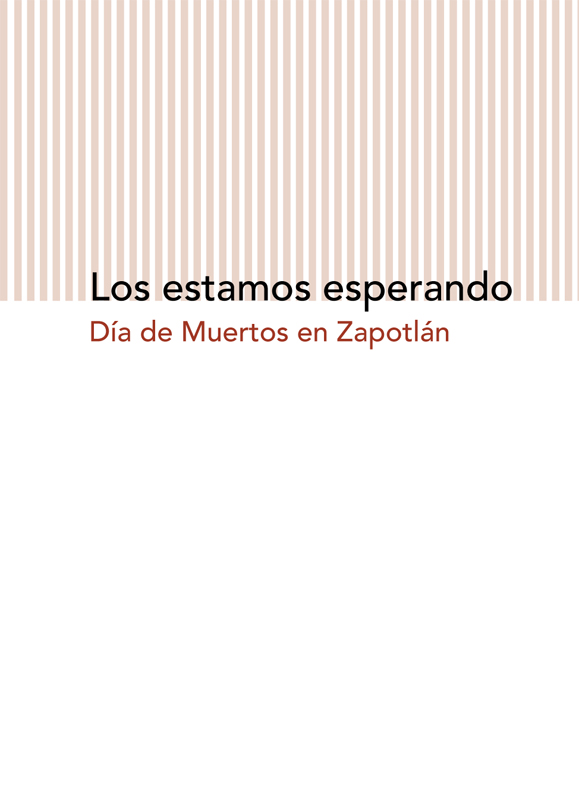

Ricardo Villanueva Lomelí
Rectoría General
Héctor Raúl Solís Gadea
Vicerrectoría Ejecutiva
Guillermo Arturo Gómez Mata
Secretaría General
Jorge Galindo García
Rectoría del Centro Universitario del Sur
Missael Robles Robles
Coordinación del Corporativo de Empresas Universitarias
Sayri Karp Mitastein
Dirección de la Editorial
Solórzano, Armando, autor
Los estamos esperando: Día de Muertos en Zapotlán = We are waiting for you: Día de Muertos in Zapotlán/Armando Solórzano. —1a ed.— Guadalajara, Jalisco: Editorial Universitaria: Universidad de Guadalajara. Centro Universitario del Sur, 2020.
248 páginas; ilustraciones (algunas color)
Incluye referencias bibliográficas.
Texto en español e inglés
ISBN en trámite
1. Día de los fieles difuntos-Zapotlán el Grande, Jalisco 2. Zapotlán el Grande, Jalisco-Vida social y costumbres 3. Zapotlán el Grande, Jalisco-Religión I. t. II. Serie
394.260 972 35 .S68 DD21
GT4995 .A4 .S68 LC
Primera edicción electrónica, 2020
Textos
© Armando Solórzano
© Adolfo Espinoza de los Monteros Cárdenas
Fotografías
© Armando Solórzano
Coordinación editorial
Iliana Ávalos González
Jefatura de diseño
Paola Vázquez Murillo
Cuidado editorial
Editorial Universitaria
Diagramación y diseño
Estudio Tangente
D.R. © 2020, Universidad de Guadalajara

Editorial Universitaria
José Bonifacio Andrada 2679
Colonia Lomas de Guevara
44657 Guadalajara, Jalisco
www.editorial.udg.mx
01 800 UDG LIBRO
ISBN en trámite
Junio de 2020
Se prohíbe la reproducción, el registro o la transmisión parcial o total de esta obra por cualquier sistema de recuperación de información, existente o por existir, sin el permiso previo por escrito del titular de los derechos correspondientes.
Diseño epub:
Hipertexto – Netizen Digital Solutions

This book belongs to all, especially to those who have passed away. On a visit to my parents’ grave in Zapotlán, Jalisco, I was fortunate to meet María Guadalupe Velazco Cuevas, director of the Miguel Hidalgo cemetery. On the exemplary care with which she maintains the tombs’ impeccable condition, Lupita added: “I take care of all the dead ones alike. I feel that all the dead are my children”. Since then, she has been a source of information for this volume.
I owe much to Martin Benito Montiel, who has a great passion for the tradition of the Día de Muertos in Zapotlán. His objective is to find the differences between the celebration of the Día de Muertos in Zapotlán and the celebrations of the dead in the rest of the world. He is not a trinitarian. He understands life in terms of fours: four cardinal points, four seasons, four heavens, four spiritual drinks, and four types of corn. In the same way, I also want to acknowledge Mr. Enrique Hernandez, who literally knows everything about the old cemetery in Zapotlan. His interviews granted me new insights into the complexities of dealing with the dead and the diversity of philosophies that attempt to explain the mystery of dying.
Latino students at the University of Utah’s Photography Department helped me improve my photography. Kim Mazza and Julio Ramírez shared ideas, cameras, lenses, and Photoshop techniques. Since childhood, I have always admired the local photographers of Zapotlán, especially don Julio Gómez García y don Benjamín Cárdenas, who were very meticulous about their work but never wanted to share their professional secrets with me. In the last fifteen years, I have had several conversations with José Luis Salvador Martínez, from whom I learned that even with a modest camera, one is able to capture the emotions and feelings of the people. I send my gratitude to Professor José de Jesús Guzmán for granting me access to cultural-religious events. Without him I would not have encountered the people who you now see in the photos of this book. All photographic and printing equipment I used was financed in part by the Department of Family and Consumer Studies and by the Ethnic Studies Division at the University of Utah. They granted me a sabbatical to finish writing and designing this work, and I am grateful for their support.
Professor Kevin R. Rathunde at the University of Utah provided me with literature to support the methodological underpinnings of this book. It is not just a matter of taking a picture. For a picture to become art or an educational tool it is necessary for it to have a purpose, an intention to see the world beyond its appearance, and to avoid unnecessary and repetitive recreation of reality. I owe many thanks to Professor Rafael Vázquez Gutiérrez at the University of Guadalajara, who reviewed portions of the manuscript and made valuable suggestions. Tom Gelsinon developed the fluidity and clarity of the text’s English prose, and I’m grateful for the time and energy he invested in editing the manuscript. In the same way, Rogelio Ballesteros, at Instituto Amigos del Sol in Oaxaca, made sure that the spanish text is impeccable; I value our professional relationship, and appreciate even more his unconditional friendship. I will be eternally grateful to the University of Guadalajara Press for its efforts to publish this work and the energy invested in its artistic design..
My apologies to the people I interrupted while they were honoring their deceased at the cemetery. The photographs in this book are my small offering of compensation and an opportunity to resurrect the ones that you love. Thank you also to the people who didn’t allow me to take pictures at the various sites and ceremonies where the Día de Muertos is celebrated. Your loved ones live in our collective memory. The photo does not matter.
Este libro pertenece a todos, especialmente a los muertos. En una visita a la tumba de mis padres en Zapotlán, Jalisco, tuve la fortuna de conocer a María Guadalupe Velazco Cuevas, directora del Cementerio Municipal Miguel Hidalgo. Unido al esmero que pone en el cuidado de las tumbas, ella coment ó : “Yo cuido a todos los muertitos por igual. Siento que todos los muertos son mis hijos e hijas.” Y desde entonces ella se convirtió en una fuente de información inagotable.
Mucho le debo a Benito Montiel por estudiar a fondo la tradición del Día de Muertos en Zapotlán. Su pasión es distinguir los muertos de Zapotlán de los muertos de todo el universo. Él no es trinitario. Lo explica todo en términos de cuatro: cuatro puntos cardinales, cuatro espíritus, cuatro estaciones del año, cuatro cielos, cuatro ponches y cuatro tipos de maíz. Deseo reconocer también al señor Enrique Hernández quien literalmente sabe todo del Panteón Viejo de Zapotlán. Sus entrevistas iluminaron la complejidad que existe en la celebración del Día de Muertos y de los propios muertos, a los que se les ha cubierto de mitologías e historias.
Página siguiente
